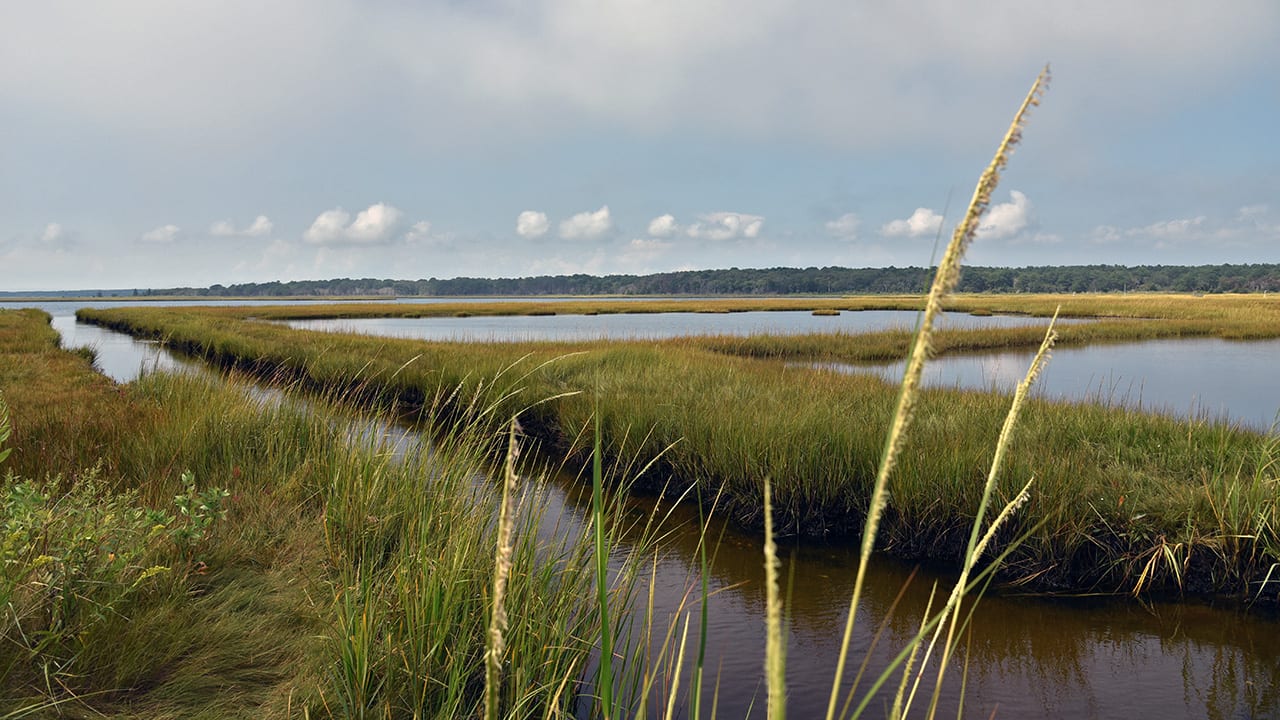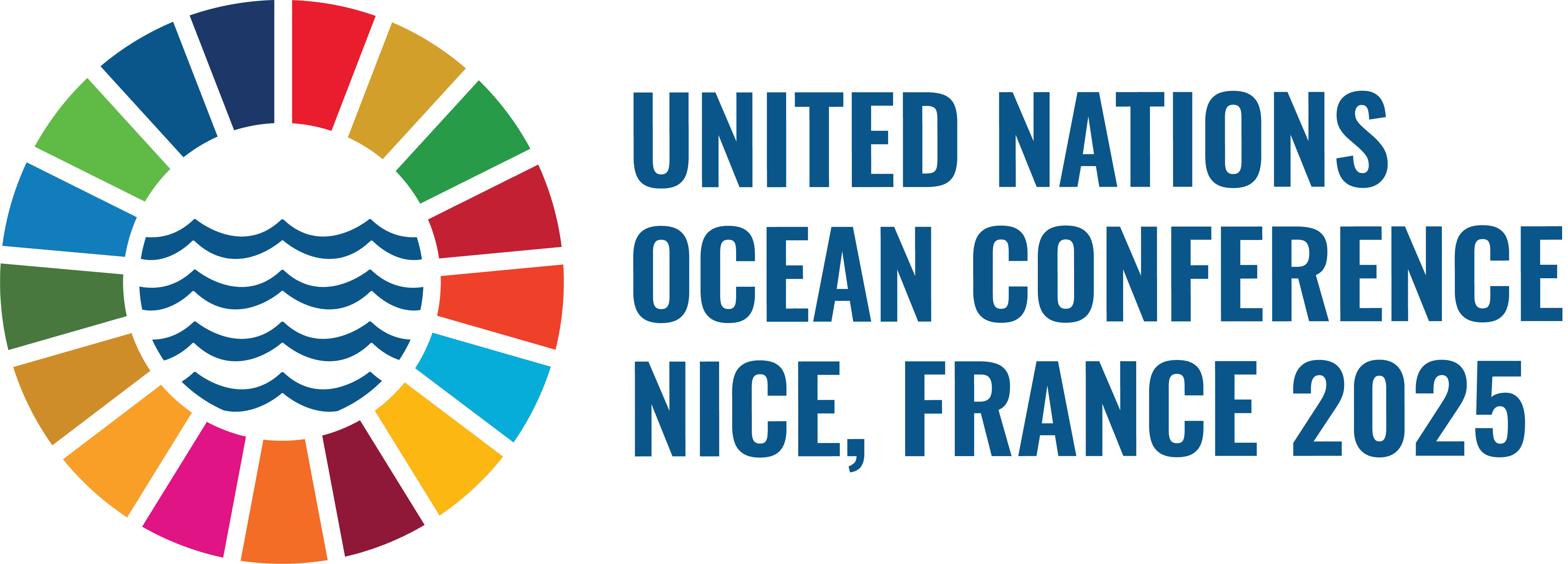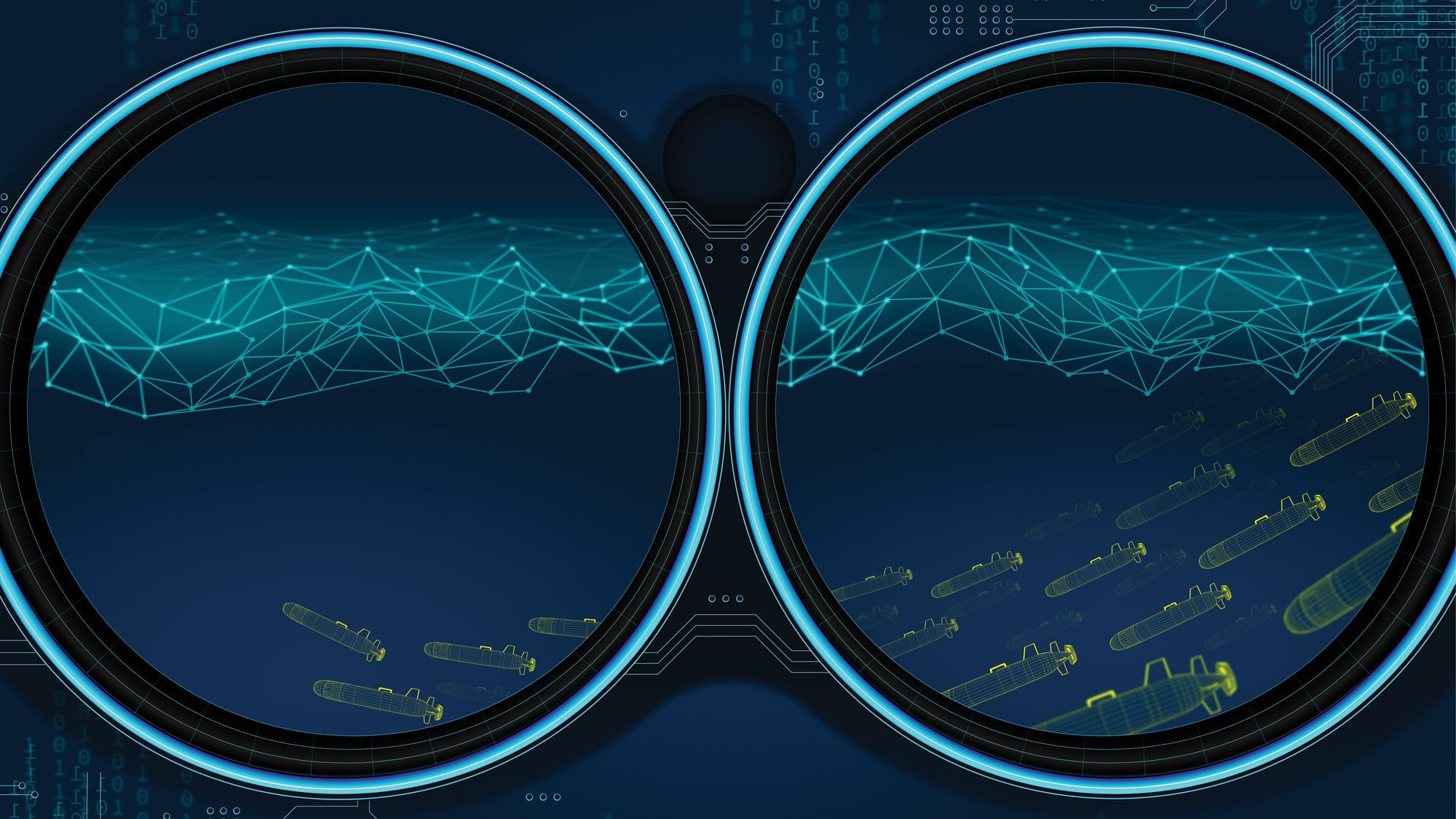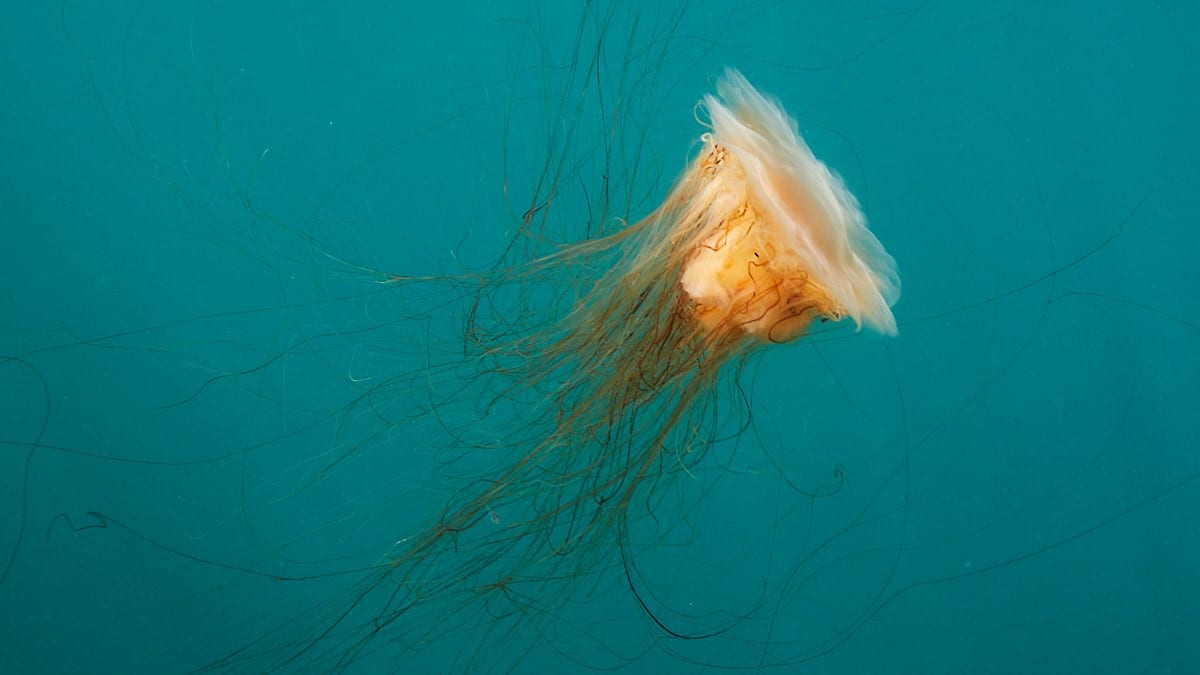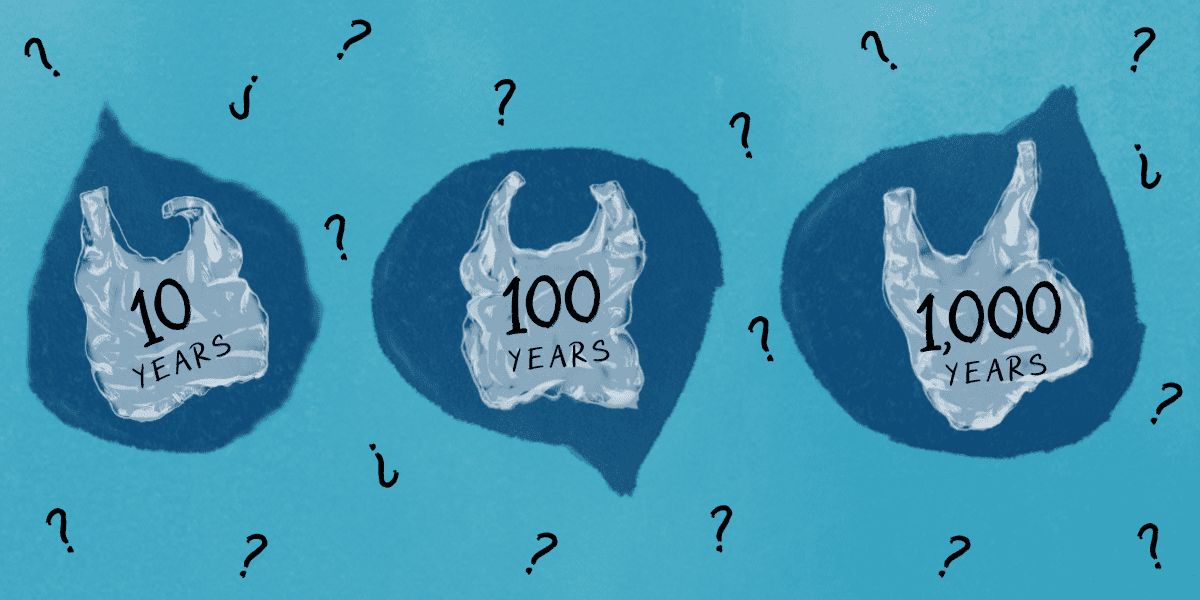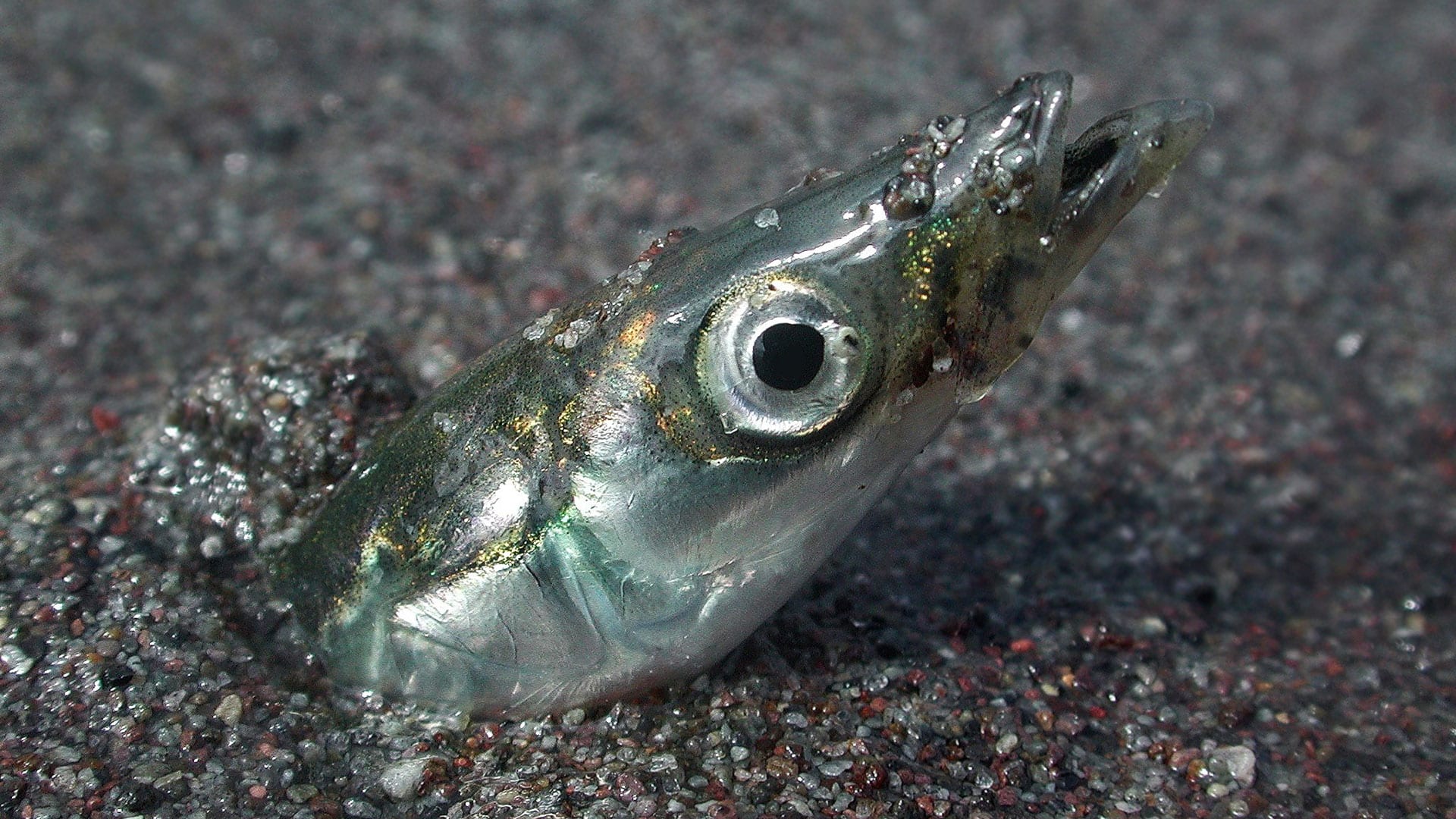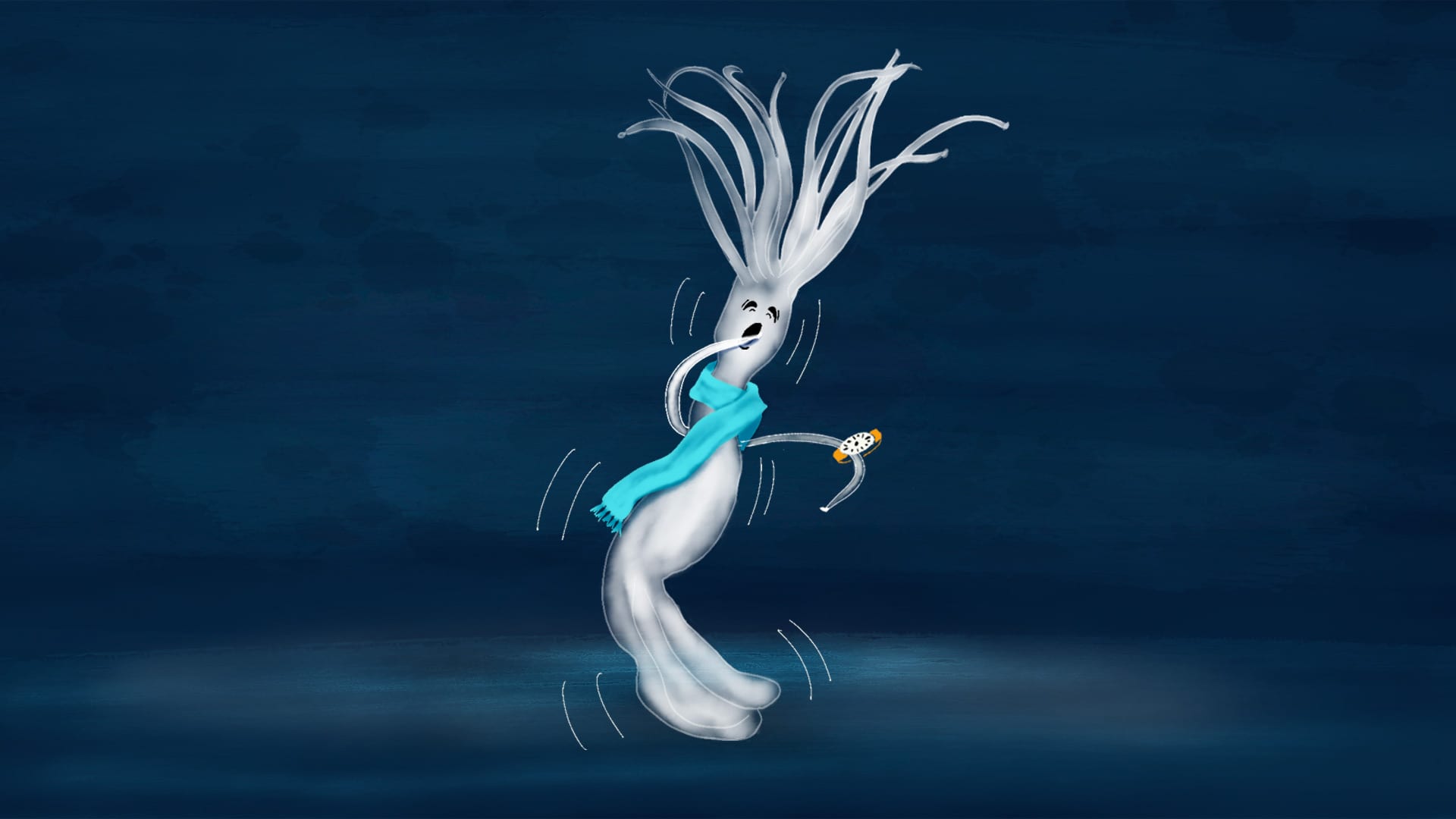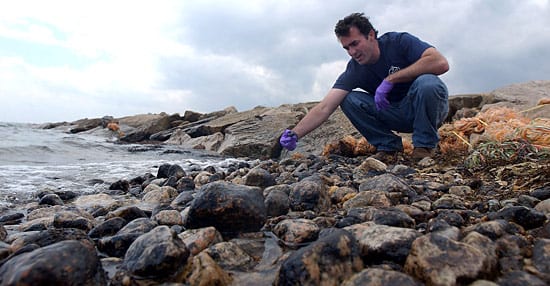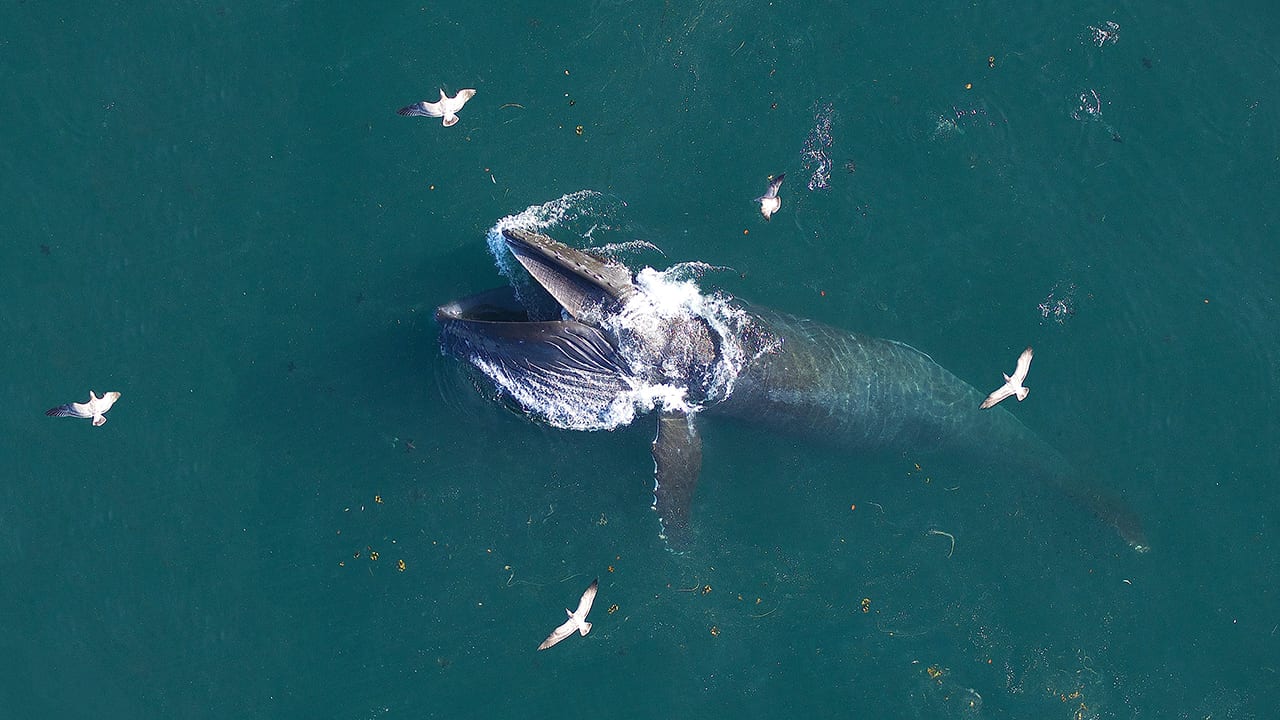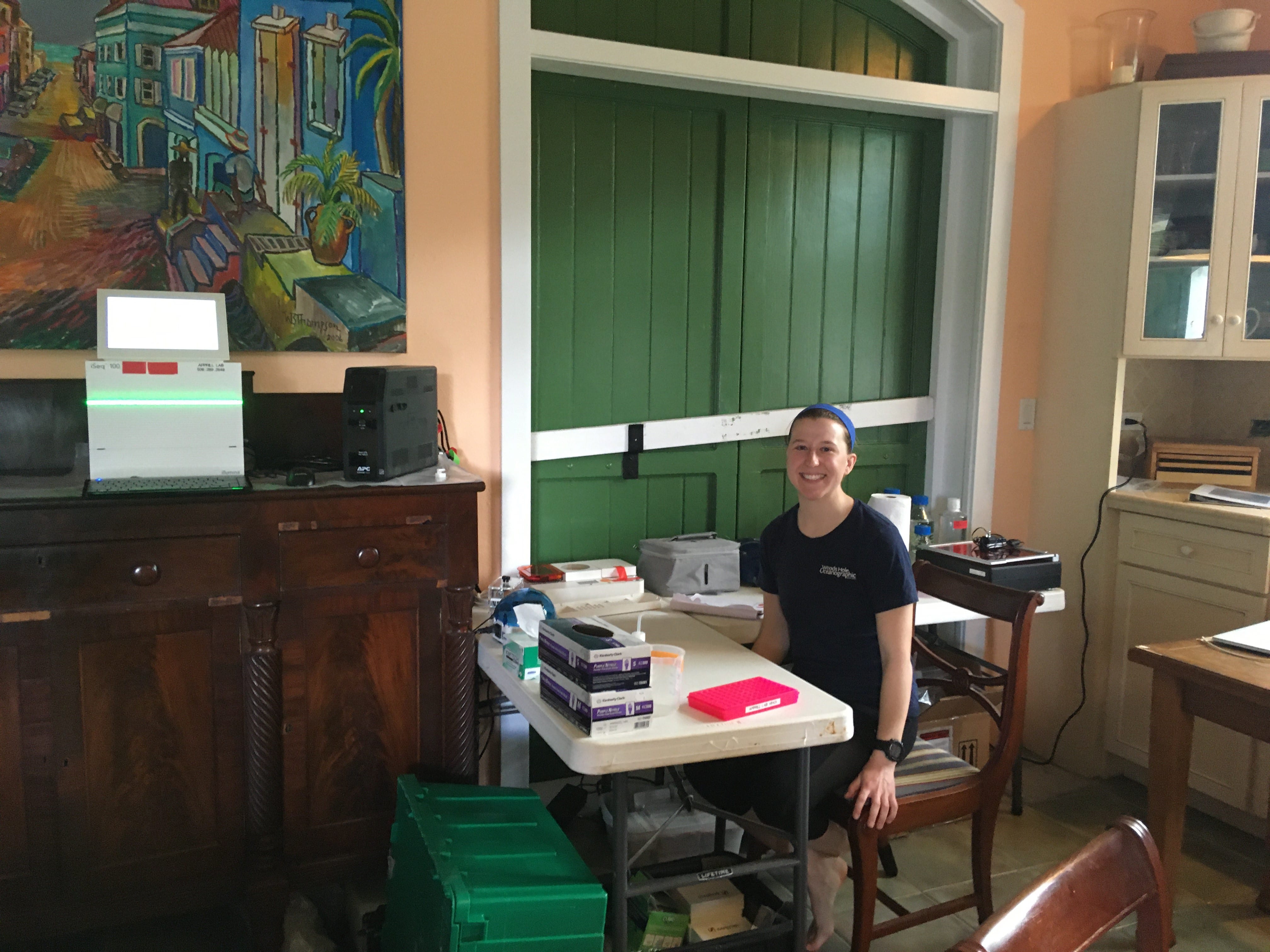News & Insights
Putting a value on green infrastructure to protect coastal communities
During an era of increasing sea level rise, WHOI marine policy experts Hauke Kite-Powell, Di Jin, and Porter Hoagland quantify the ecological value of shore-stabilizing ecosystems like wetlands and barrier islands
Read MoreWHOI at the UN Ocean Conference—Nice, France
The United Nations Ocean Conference is a pivotal moment to drive international cooperation and collaboration in order to protect our ocean from the many compounding threats it faces today. The…
Read MoreTo sail, not to drift
Navigating a changing ecosystem, funding marine science, and finding hope—WHOI Deputy Director Rick Murray charts the course toward our ocean’s future.
Read MoreSea Ahead
Once upon a time, ocean scientists hung up cans on up a tree on Bikini Atoll to measure wave height in the Marshall Islands during nuclear weapons testing. Today, ocean technologies and data harvesting are heading somewhere big, from swarming bots, to more autonomous submersibles, and the miniaturization of ocean sensors
Read MoreUncharted waters
Our global ocean will change dramatically over the next few decades. What might it look like, and how will humans adapt?
Read MoreJellyfish larger than blue whales?
Recent accounts in the media have described the appearance of lion’s mane jellyfish in waters and beaches in the Northeast as a surprising, sometimes troubling, event, with record sizes and numbers reported from Maine to the Massachusetts south coast. But is this event noteworthy? Or, as some have implied, is it a sign of failing ocean health? Three WHOI marine biologists weighed in to put events into perspective.
Read MoreThe many lifetimes of plastics
Infographics strive to give us a sense of how long plastic goods will last in the environment. But is this information reliable? The findings of a new study from WHOI may surprise you.
Read MoreNow you see me, now you don’t
Marine biologists tackle an unsettling mystery surrounding sand lance–eel-like, dive-bombing fish that have become a cornerstone forage species for a wide range of marine animals in the Gulf of Maine and northwest Atlantic Ocean.
Read MoreSea anemones with jet lag?
WHOI scientists investigate the internal body clocks of sea anemones to determine if fluctuating temperatures play a role in their daily rhythms.
Read MoreThe Federal Ocean Acidification Research and Monitoring Act: H.R. 4174
Scott Doney, Senior Scientist Marine Chemistry & Geochemistry Department Woods Hole Oceanographic Institution June 5, 2008 Introduction Good morning Chairman Lampson, Ranking Member Inglis and members of the Subcommittee. Thank…
Read MoreChristopher Reddy, Marine Chemist
Oil spills are terrible for the environment, but they also provide an excellent opportunity to study how the ocean and its ecosystems respond to extreme events. Most people see a…
Read MoreCOP30 Ocean Pavilion wrap-up
André Corrêa do Lago, the President of COP30, addresses the closing plenary on the final day of negotiations in Belém. Photo by Antonio Scorza/COP30 No matter what anyone says about…
Read MoreWHOI Wishes NOAA a Happy 50th Anniversary
Work by NOAA, WHOI and many other partners have helped monitor and protect countless marine species, including humpback whales (shown here lunge-feeding) and critically endangered right whales in waters near…
Read MoreLab shutdowns enable speedier investigation of coral disease
Despite labs shutting down due to the COVID-19 pandemic, WHOI microbiologists are working fast to solve a different kind of outbreak—one travelling below the ocean’s surface and ravaging coral reefs from Florida to the Caribbean.
Read More
